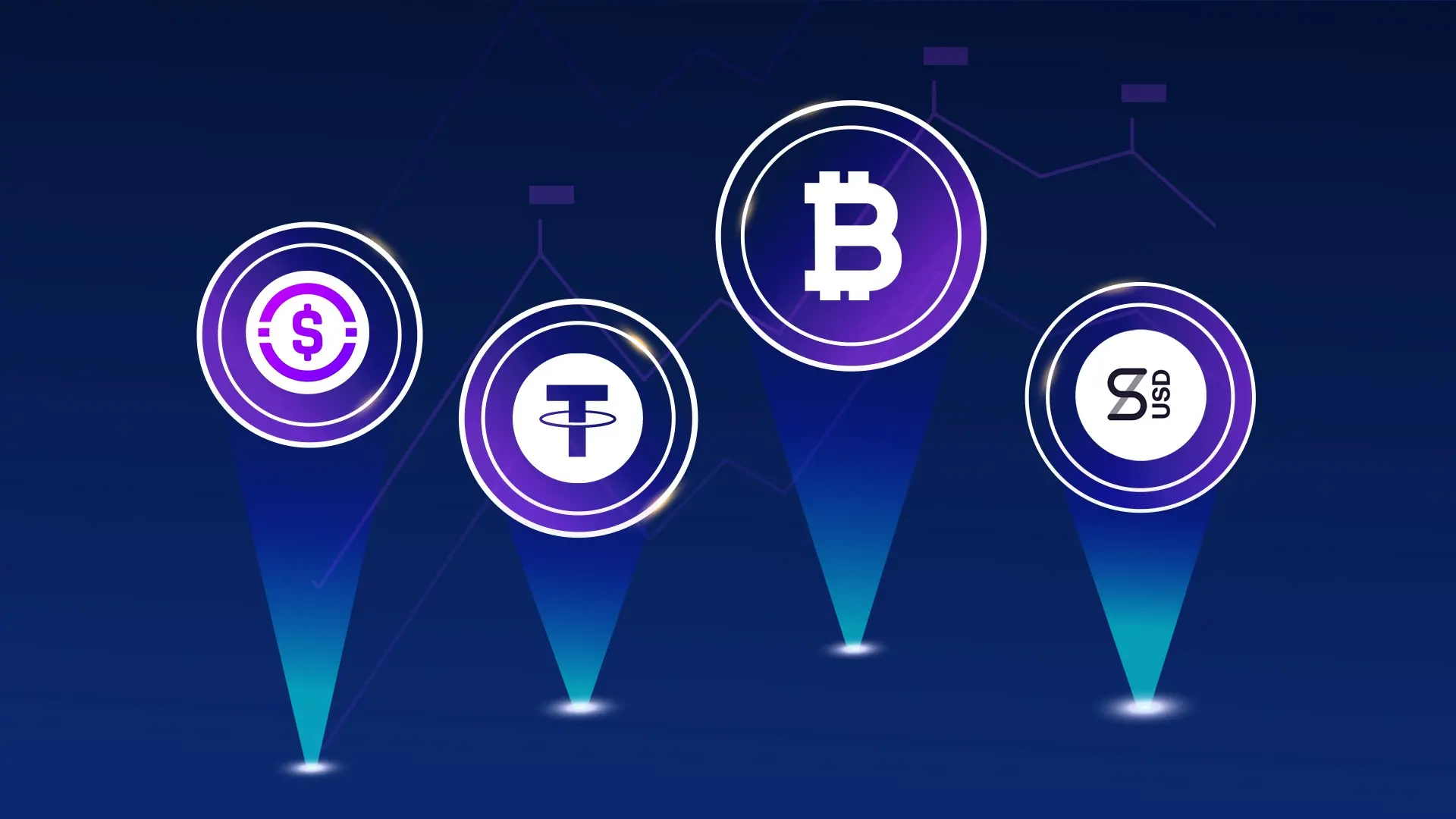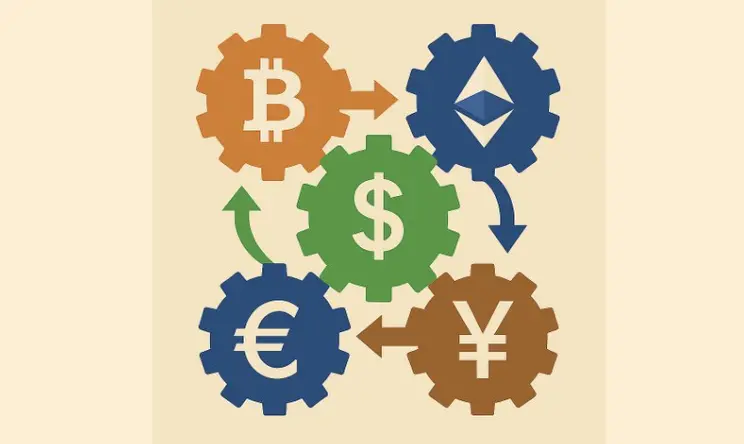The Integration of AI and Blockchain: A New Trend Disrupting the Allocation of Computing Power Resources
Author: dt, DODO Research
Editor: Lisa
The combination of AI and blockchain is a highly discussed topic in the industry, and developers are actively exploring the possibilities of this integration. Currently, blockchain technology is seen as an ideal choice to address many issues, such as "inability to effectively utilize AI services and computing resources." Many projects have already carved out their own paths in this field.
Today, Dr. DODO will guide you through projects that are performing well in the AI and computing power market.
AI + Blockchain
Projects focusing on AI in the blockchain space can mainly be divided into three tracks:
Computing Resource Sharing: Blockchain technology can build distributed cloud computing platforms to achieve shared and efficient utilization of computing resources. Through smart contracts, idle computing resources can be leased to tasks that need them, thereby improving resource utilization and reducing costs. Representative projects include: io.net and Aethir.
AI Data Security and Verifiable Computing: Both AI and blockchain technology need to handle large amounts of data. Blockchain storage networks provide secure data storage and transmission methods, while AI generates valuable information by analyzing this data. Integrating the two can protect user privacy while providing reliable data sources for AI. Currently, a representative project in this direction is Arweave.
Decentralized AI: Deploying AI models on blockchain networks can achieve decentralized artificial intelligence services, which enhances the reliability and stability of the system and reduces the risk of single points of failure. Currently, a representative project in this direction is Bittensor.
io.net
Recently launched on Binance, io.net is currently the star of this track. io.net is a decentralized GPU network aimed at providing massive computing power for machine learning applications. Their vision is to unlock fair access to computing power by assembling over one million GPUs from independent data centers, crypto miners, and projects like Filecoin, making computing more scalable, accessible, and efficient.
io.net offers a completely different approach to cloud computing, utilizing a distributed and decentralized model to provide users with more control and flexibility over computing power, with services that are permissionless and cost-effective. According to io.net, their computing power is 90% cheaper than centralized service providers like Amazon AWS, and all these factors combine to make io.net a leader among decentralized providers.

Source: io.net
Aethir
Aethir provides a disruptive yet highly feasible solution to the complex problem of effective utilization of global computing resources. Their network aggregates and intelligently reallocates new GPUs and idle GPUs from enterprises, data centers, cryptocurrency mining operations, and consumers. The market opportunity for better reallocating GPU capacity is vast, and Aethir aims to increase the current global GPU computing availability by more than ten times.
A key feature of Aethir is its focus on reusing existing idle resources rather than requiring node participants to purchase new hardware. Typically, the underutilized GPU capacity of a device is estimated to be between 50% and 75%, indicating that there is a significant amount of computing power that can be tokenized. Aethir aims to leverage these abundant idle resources by targeting small and medium-sized data centers and enterprises.
Aethir's token is currently listed on exchanges like OKX and Bybit, having previously raised $9 million in a Pre-A round led by well-known institutions such as Sanctor Capital and Hashkey.

Source: aethir.com
Arweave
AO is a distributed, decentralized, participant-oriented computing system based on Arweave. The core goal of AO is to provide a trustless and collaborative computing service without practical scale limitations, offering a new paradigm for applications combined with blockchain. Compared to other high-performance blockchains, AO supports the storage of large amounts of data, such as AI models. Unlike Ethereum, AO allows an arbitrary number of parallel processes to run simultaneously within computing units, coordinating through open messaging without relying on centralized memory space.
The launch of AO by Arweave signifies a move from the decentralized storage track to a broader decentralized cloud services domain. Its permanent on-chain storage is no longer just for user data but aims to become a permanent host for cloud computing, focusing on large-scale verifiable computing.
Recently, Arweave also announced the token economy between its dual tokens $AR and $AO. According to official statements, $AO is a 100% fairly issued token, with no presale or pre-allocation. The total supply of $AO is 21 million tokens, with a halving cycle of 4 years, distributed every 5 minutes, with a monthly distribution amounting to 1.425% of the remaining supply.
About 36% (100% in the first four months plus 33.3% thereafter) of the $AO tokens are distributed to $AR holders every 5 minutes, incentivizing the security of the AO underlying layer—Arweave.
The remaining approximately 64% of $AO tokens are allocated to bridging users, providing incentives for external yields and bringing assets into AO.

Source: https://ao.arweave.dev/
Bittensor
Training AI models requires a large amount of data and computing power, but high costs have led to these resources being largely monopolized by large enterprises and research institutions. This centralization limits the use and collaboration of AI models, hindering the development of the AI ecosystem. Bittensor (TAO) is dedicated to building the world's first blockchain neural network, enabling network participants to exchange machine learning capabilities and predictions.
Bittensor aims to facilitate the sharing and collaboration of machine learning models and services through a peer-to-peer approach. The technical implementation of TAO is quite challenging, and there is still some distance to practical application.

Source: https://futureproofmarketer.com/blog/what-is-bittensor-tao
Author's Perspective
These AI + blockchain projects are likely to change the future landscape of computing resource allocation. Decentralized ownership and collaborative cross-cluster decentralized regional deployments will pave the way for a new wave of economic and technological advancement. The ambitions of these projects are significant, hoping to reshape the future of cloud computing and AI applications, creating a more interconnected, efficient, and innovation-driven global cloud economy. In the context of various countries actively promoting productivity transformation, these developmental directions are worth exploring in depth. However, due to the need for stronger technical support and more funding in this field, the entry barriers for project parties are not low, and they are still in the experimental stage. Whether they can eventually become actual infrastructures with users remains to be seen.










